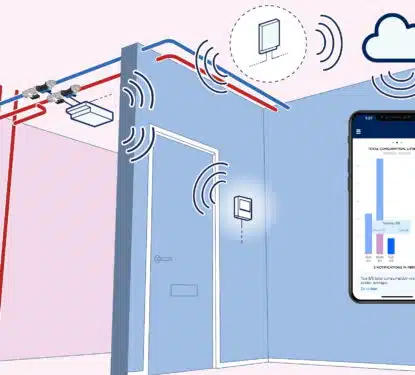Modern technology is increasingly blurring the lines between physical and digital worlds. This shift is most noticeable in the emergence of cyber-physical systems that can interact with both real world and digital realms. In smart buildings, this transformation is represented by the convergence of Information Technology (IT), Operational Technology (OT), and cybersecurity. This triad is revolutionizing access control systems, making them more robust and adaptable. “The industry is moving away from isolated, siloed systems towards integrated platforms that offer seamless, cost-effective solutions. Integrated systems transform data into actionable insights, allowing organizations to be predictive rather than reactive in their security management,” explains our new access control research report. “A series of new innovations & enabling technologies have emerged to facilitate improved integrated access control with wider building or enterprise systems.” Platform approaches such as unified security, physical identity and access management (PIAM), and physical security information management (PSIM) function as a central nervous system, collecting […]
Most Popular Articles

MRI Software: Exploring the 2025 IPO & Sale Options
This Research Note examines a report from Reuters that MRI Software is to be listed in an IPO or sold. We explore the development of the business over the last 10 years, since it was acquired by private equity owners, highlight their software acquisitions for commercial real estate applications addressing integrated workplace management, tenant experience […]

Podcast 40: Stiles Property Management Found $400K+ in Hidden Savings
Most property managers know their buildings are hemorrhaging money through inefficient systems. The problem? They have no idea where to start looking. Devon Newton, VP of Property Management at Stiles, faced this exact challenge with 110 East, a new Class A development in Charlotte’s Southpark district. Despite managing 116 properties across the Southeast, she found […]

Smartvatten Strengthens European Position with 2025 LeakLook Acquisition
This Research Note examines Smartvatten, a Finnish specialist in water efficiency technology and expertise in Northern Europe. It updates our previous article in March 2024, covering Smartvatten’s solutions, key developments in 2024, sustainability partnerships and the September 2025 acquisition of LeakLook, a Finnish specialist in IoT-driven water monitoring for real estate. Smartvatten Profile Established in […]
